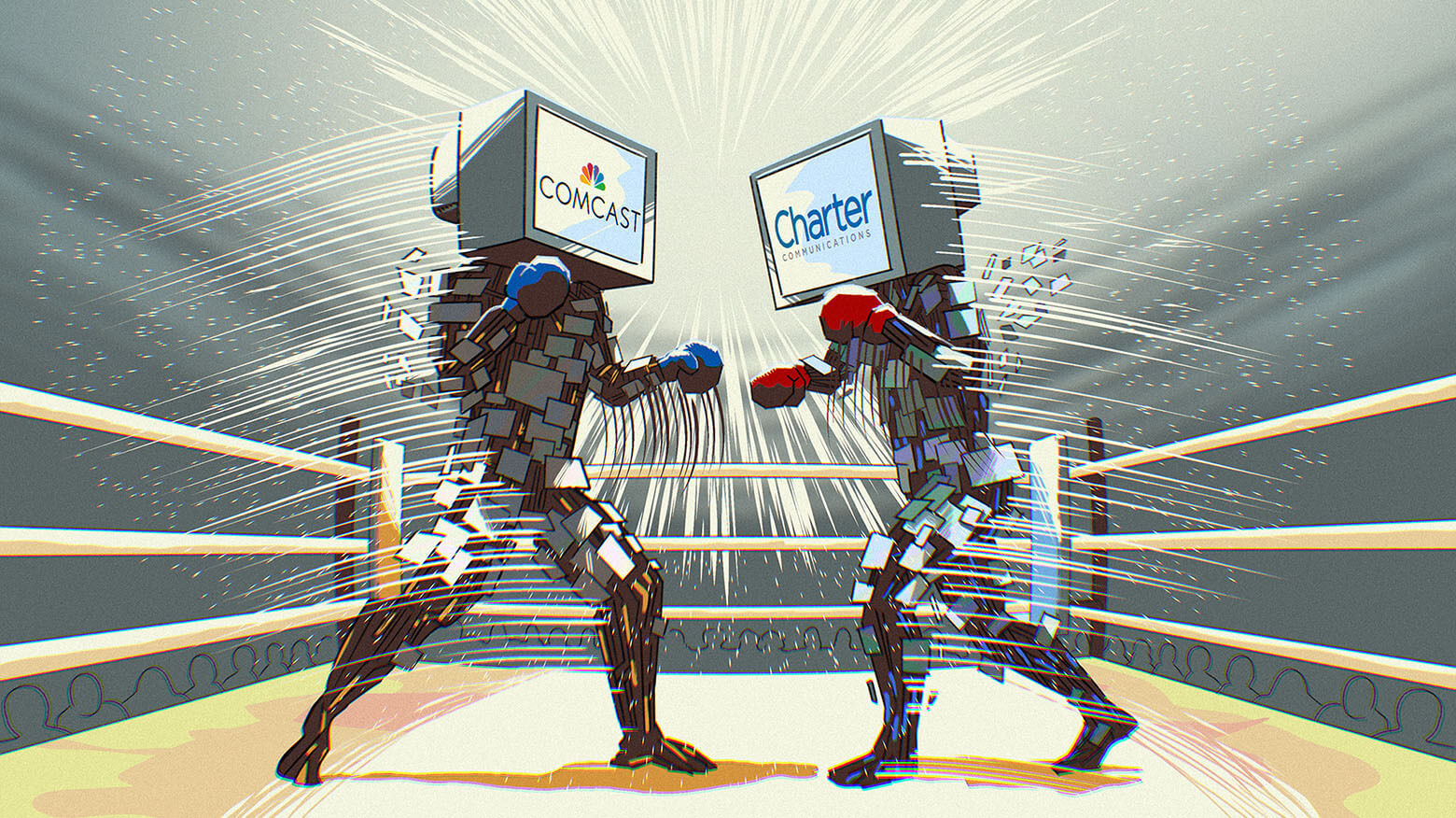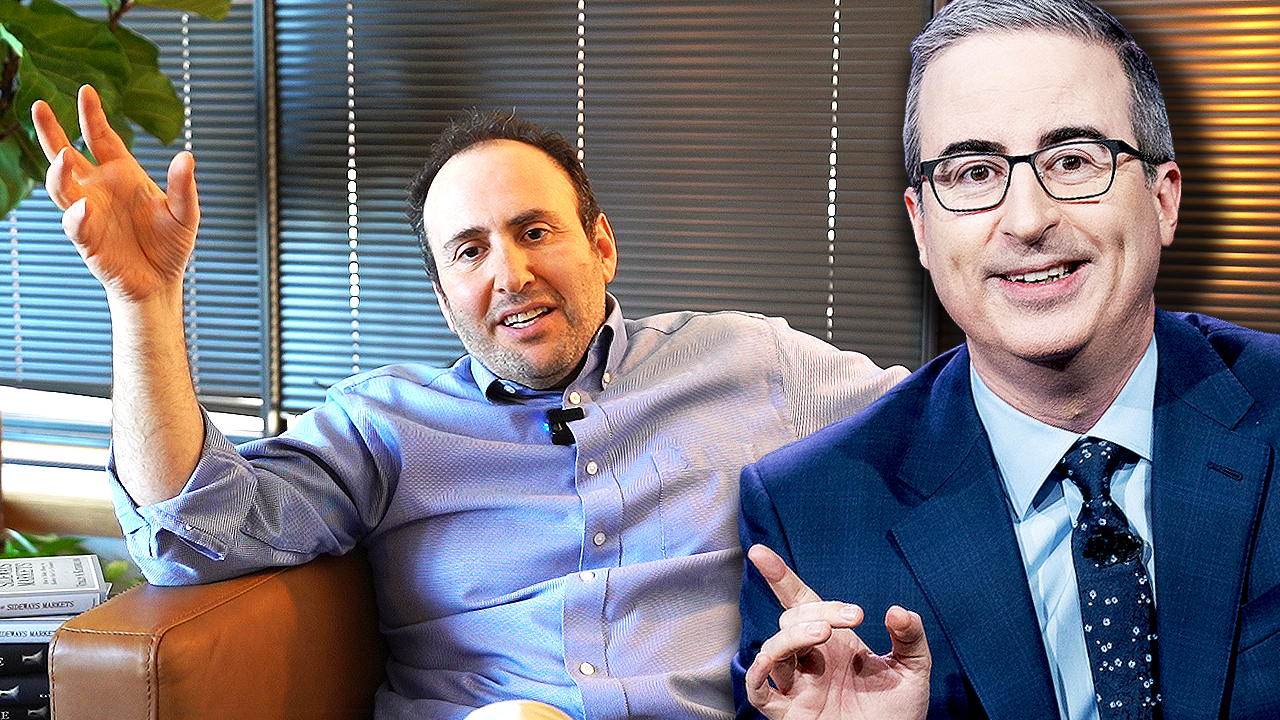Months before the recent Sturm und Drang surrounding nutritional-supplement maker Herbalife, my firm took a long, hard look at the company. On the surface it was a value investor’s dream: great balance sheet, high return on capital, high revenue and earnings growth, and attractive valuation. Of course, there was one problem: The validity of its multilevel marketing (MLM) pyramid structure was being questioned by some investors.
To my surprise, despite its name, there is little that is “herbal” about Herbalife.I thought I’d see a lot of exotic plants reincarnated as wonder miracle supplements. What I discovered is that the majority of Herbalife’s sales come from its Formula 1 product, a meal-replacement supplement. If Herbalife’s products were sold at Walgreens or GNC, the story would be very simple, but it is not. The company’s business model is in question because investors suspect that its products are bought just as “trading sardines” (they might as well be bricks or wooden sticks). If at the end of the day its supplements are not consumed but instead rest peacefully in the garages of its distributors, Herbalife is nothing but a Ponzi-like scheme that will run its course — they always do.
Whether they are long or short Herbalife shares, investors have to have a clear answer to one question: Is Herbalife a Ponzi-like scheme? In our research, finding a definitive answer was very difficult. Herbalife is not unlike a typical MLM company that spends most of its time painting a picture of a Ferrari-embellished financial freedom that awaits you just around the corner if you sign up enough distributors to sell its products.
Herbalife claims that the bulk of its supplements are consumed on a daily basis at “clubs,” of which there are thousands around the world. Clubs are owned and operated by Herbalife distributors and are supposed to be social spots for Herbalife connoisseurs to meet, share their weight-loss war stories and, for about $6, down a shot of Formula 1 and swig some aloe vera juice.
We visited a nearby club a few times. What we found is that, though there were a few people replacing their lunch with Formula 1, it was mostly a place for distributors to peddle Herbalife’s products to one another. According to the club operator, selling $6 lunch substitutes did not cover operating expenses and rent. It is probably impossible for Herbalife to know for sure how much of its products are consumed at these clubs, but I doubt that it is as much as they claim. If people find that they like these shakes, they can just make them on their own.
We could not get comfortable with Herbalife’s main product, Formula 1. It has a lot fewer calories than your typical McDonald’s meal, but so does a cardboard box. If you keep replacing your lunch with Formula 1, you’ll very likely lose weight; but according to a nutritionist friend, if you want to stay healthy, you don’t want to consume Formula 1 on a regular basis. Also, Formula 1 is expensive — after all, lots of layers of distributors above you need to be fed from each sale.
Formula 1 reminds me of another product that, without serious financial incentives paid to those who sell it, would probably not exist today (at least not in large quantity): variable annuities. In some stripped-down, inexpensive form, variable annuities might be a good product, albeit one with a very limited market. However, they have been very profitable for financial institutions, which started paying huge commissions (sometimes 10 to 15 percent of the principal value), thus transforming the variable annuity into an expensive financial trap to be forced on the unsophisticated crowd. Similarly, if Herbalife sold its products in stores, or did not try to sell the American dream to its distributors, its products would be much cheaper but its sales would be a fraction of what they are today.
A few months after we did our research, Pershing Square Capital Management’s Bill Ackman announced his Herbalife short. I watched his presentation with interest. But unlike his other, brilliant presentations, this one left me unimpressed. Ackman’s three-hour-plus, 334-slide presentation did not answer the most important question: If Herbalife is a Ponzi-like scheme, why is its business still growing in the U.S. after 32 years?
It felt to me as if Ackman so despises what he believes is Herbalife’s deception that this short is a quixotic quest to right a perceived wrong. Regardless, in early January, Dan Loeb of Third Point revealed that his fund has an 8 percent stake in Herbalife, calling Ackman’s case against the company “preposterous.”
Ackman’s highly publicized short may turn into a self-fulfilling prophecy. It will definitely distract management from running the company. It will also increase Herbalife’s expenses as it defends itself against his accusations. Finally, the company’s success is dependent on its ability to sign up new distributors, and the negative publicity Ackman has created will not help those efforts. But then again, the U.S. accounts for only 20 percent of Herbalife’s total business.
There are thousands of stocks in the global universe. We need only 20, and there is no place for a stock about which we cannot comfortably answer this simple question: Is it a Ponzi-like scheme?










0 comments